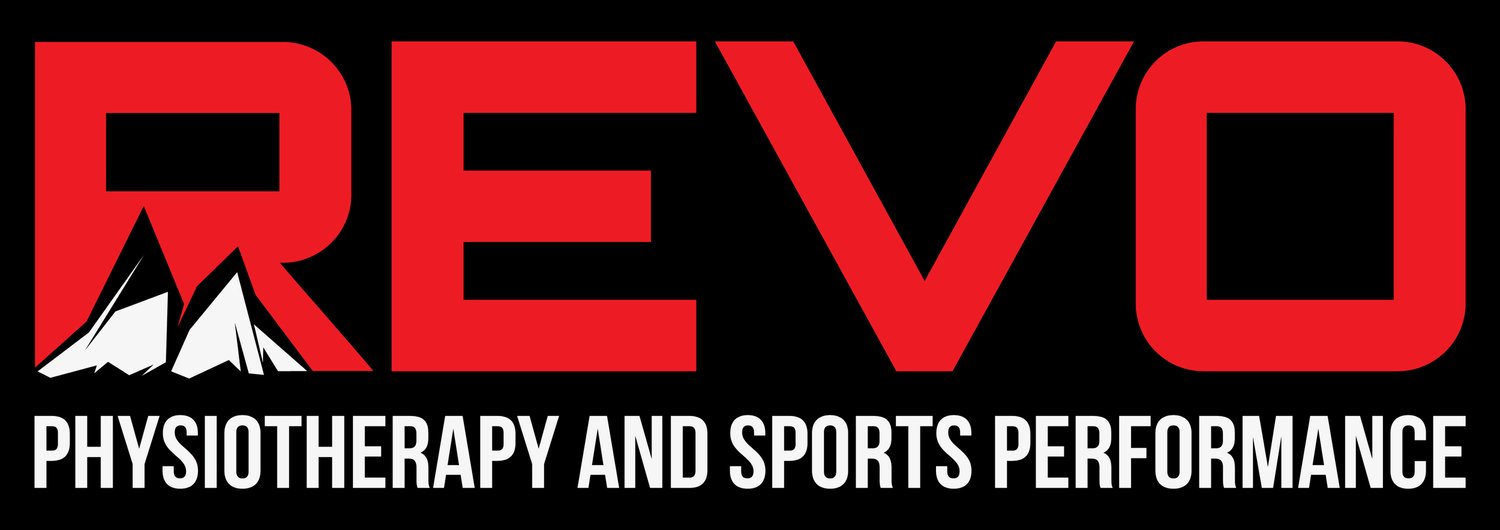Why foot pronation isn’t the devil
In the world of sports, every movement counts. From the explosive power of a sprinter to the agile finesse of a soccer player, every step is crucial. Amidst the complexities of performance, one often-overlooked factor plays a fundamental role: foot pronation.
Foot pronation refers to the natural inward roll of the foot during walking or running. It's a biomechanical process that helps distribute the force of impact and absorb shock, providing stability and balance with each stride. For athletes, understanding and optimizing foot pronation can make a significant difference in performance and injury prevention.
First and foremost, proper foot pronation is essential for maintaining alignment throughout the kinetic chain. When the foot rolls inward at the right degree and timing, it facilitates a smooth transition from heel strike to toe-off. This efficient movement pattern not only enhances performance but also reduces the risk of overuse injuries such as shin splints, stress fractures, and tendonitis.
Furthermore, foot pronation plays a critical role in distributing forces evenly across the foot and lower limb. In activities like running, where impact forces can be several times the body weight, excessive pronation or supination (the outward roll of the foot) can lead to imbalances and compensatory movements. Over time, these imbalances can contribute to chronic issues such as IT band syndrome, plantar fasciitis, and knee pain.
Athletes can benefit from understanding their individual pronation patterns and addressing any deviations through proper footwear, orthotics, and strength training. For instance, those with overpronation may benefit from stability shoes or motion control devices to help limit excessive inward rolling. Conversely, athletes with neutral pronation might opt for neutral or cushioned shoes that provide support without interfering with natural foot movement.
Moreover, developing strength and stability in the muscles of the foot, ankle, and lower leg can further enhance biomechanical efficiency and reduce the risk of injury. Specific exercises from a physical therapist can help improve function, proprioception, and control, allowing athletes to better manage pronation during dynamic movements.
In conclusion, foot pronation is not just a subtle movement of the foot; it's a crucial aspect of athletic performance and injury prevention. By understanding the mechanics of pronation and addressing any imbalances, athletes can unlock their full potential and strive for excellence with every step they take. So, whether you're a sprinter aiming for the finish line or a basketball player driving to the hoop, remember to pay attention to your feet—they might just be the key to reaching new heights in your athletic journey.

